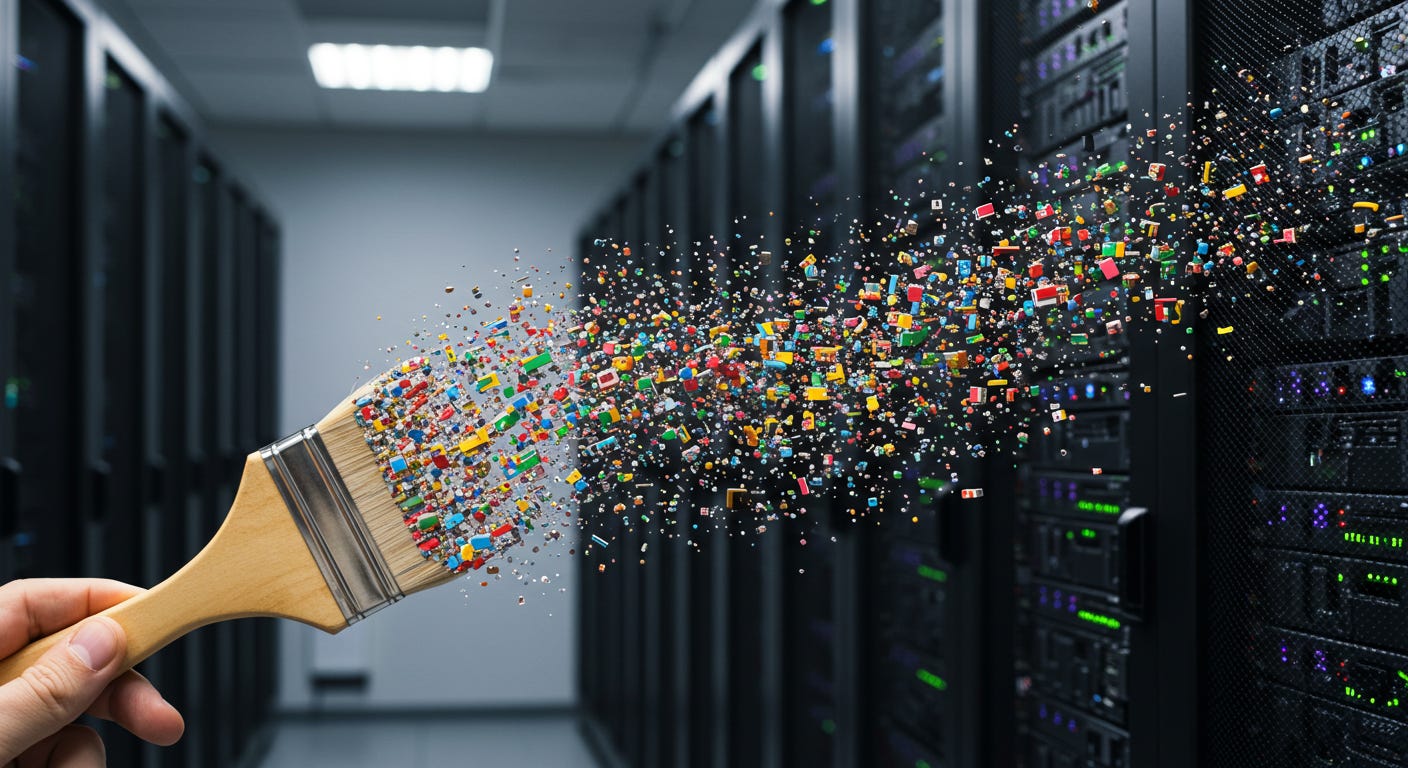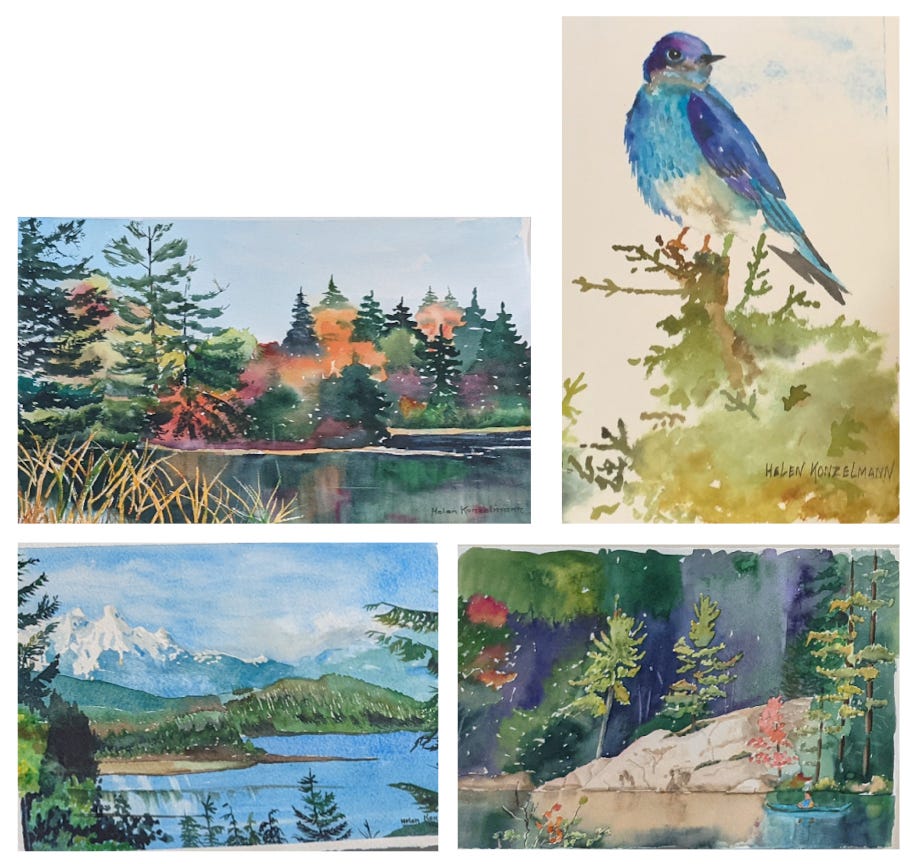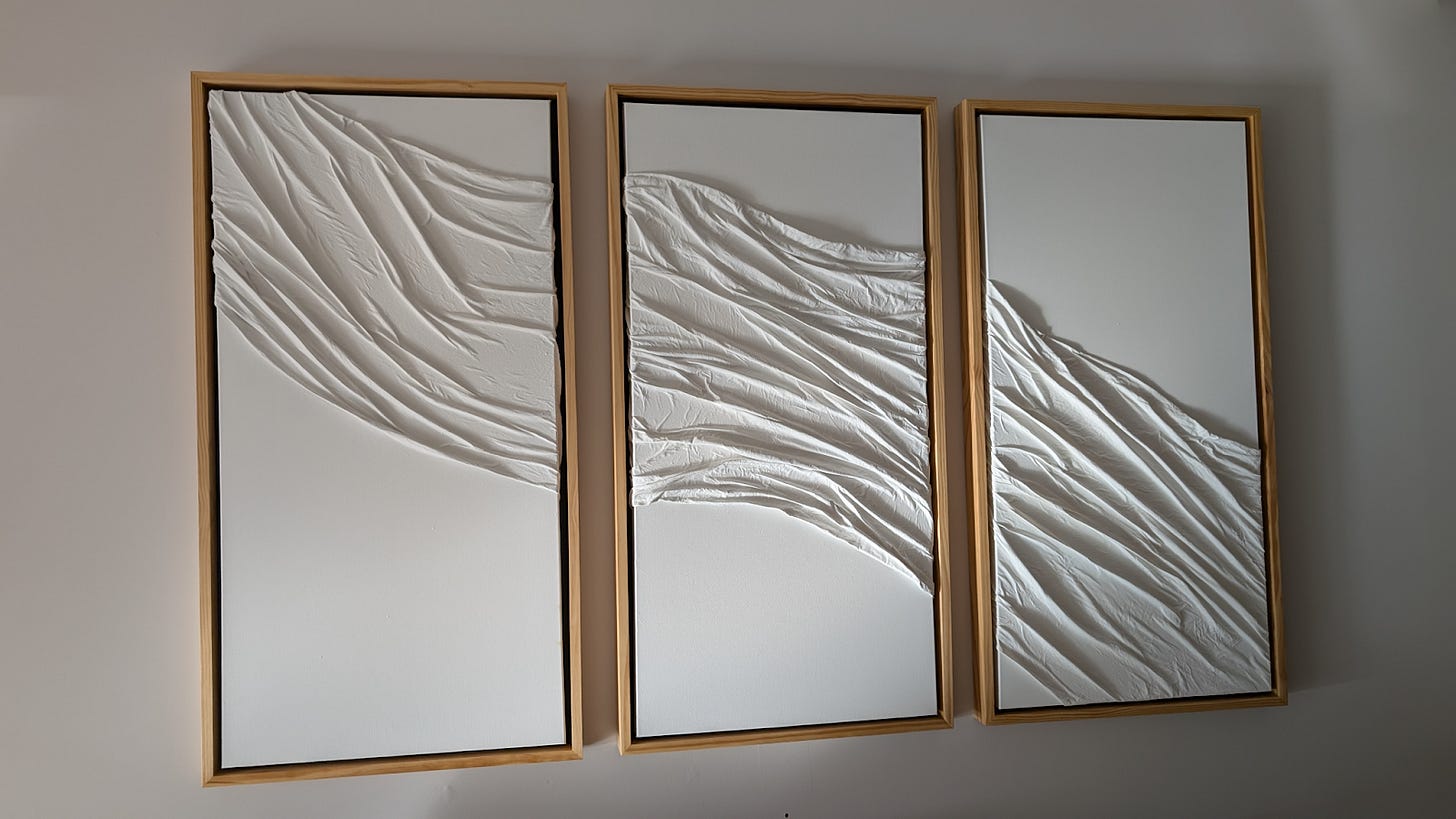AI Can Copy Art Styles in Seconds. So Now What?
Beyond the Ghibli craze – wrestling with easy creation, artistic intent, and the evolving definition of creativity.
You've probably seen them flood your feeds: photos magically transformed into the dreamy, nostalgic style of Studio Ghibli. Since OpenAI added native image generation to ChatGPT last week, it feels like everyone's doing it. It's undeniably cool, but admit it – does it also leave you feeling a little... weird?
In several group chats I'm in, that exact sentiment surfaced: excitement mixed with a distinct sense of unease. This technology lets anyone replicate a specific, beloved aesthetic in seconds. Consider that Hayao Miyazaki, the genius behind Ghibli, reported that it took over a year to animate one four-second scene by hand - and now people are making Ghibli style images in seconds. AI mimicry is so rampant that OpenAI CEO Sam Altman publicly asked people to "chill," stating their servers, and teams, were struggling to keep up.
Why does this matter right now? Because this isn't just about pretty pictures. It’s forcing us to confront fundamental questions about art, effort, originality, and where AI fits into the creative process. It’s an important discussion to be having, because these tools are only getting more powerful.
My Own Dive Down the Rabbit Hole
While I haven't personally jumped on the Ghibli prompt bandwagon, I saw it in action last week. A coworker snapped a picture of me chatting with another team member and instantly applied the Ghibli effect. The result was genuinely fun to see.
This isn’t to say that I’m also not constantly experimenting with AI Generated Images. Over dinner with friends, I took a picture and used AI to transform it – not Ghibli, but "cartoon illustration" style.
The likeness was okay, but the vibe was off, and frustratingly, I hadn't caught the moment when both dogs were looking at her. No problem for AI, right? My next prompt: "Make my friend look a little happier and make both dogs looking at her."
This highlights something crucial: AI isn't just about applying a simple filter. It's a powerful tool for both refinement (fixing perceived flaws, achieving an idealized version of an existing reality) and creation (conjuring entirely new scenes, characters, and narratives for storytelling). We're moving beyond just editing photos to generating whole visual stories from scratch - and to do so effectively will mean a new type of skill and muscle to be developed (I’m already noticing that need in my new AI powered workflows).
Discovering Styles I Didn't Know Existed
Using terms like "cartoon illustration" is easy because it's familiar. But what about the vast universe of artistic styles I don't know? How can I leverage AI's power if I lack the vocabulary?
Google's "Whisk" feature, launched last December, offered one solution. Instead of describing a style, you could upload an image and have AI replicate its aesthetic. The defaults (sticker, enamel pin, plushie) were fun, but the real magic was uploading any image. It was a blast turning photos into unexpected formats.

Still, there’s the "unknown unknowns" problem. I'm not an illustrator or photographer; I don't have deep knowledge of visual techniques. Then, scrolling Reddit mindlessly the other morning, I stumbled across this term: the "Adamski effect."
Intrigued, I immediately fed it into an image generator: "Aerial view of Yosemite with the Adamski effect."
It makes you wonder: How many other fascinating visual languages are out there, waiting to be discovered or rediscovered through AI? The tool is there, but unlocking its full potential still requires curiosity, exploration, and sometimes, sheer luck. AI gives us the paintbrush, along with a skilled hand holding it - but we still need to decide what to paint and provide the precise creative brief.
Art, Effort, and Evolving Definitions
I'm genuinely excited to see how our definition of "art" stretches and adapts. This feels reminiscent of when photography arrived, threatening to make painters obsolete (spoiler: it didn't). Right now, copying styles feels like the low-hanging fruit, the first phase. What new mediums, formats, and entirely novel forms of expression will emerge as AI breaks out of mere imitation?
My own relationship with art keeps changing. My grandmother was a prolific watercolorist, capturing nature's beauty.
More recently, I've dabbled in large abstract canvas pieces, often mimicking styles I found on Instagram Reels, adding my own small twists.
Lately, it's all about digital tools and AI, even co-creating with my kids. (We recently wrote an AI-generated song called "Purple Urple," an homage to my daughter's favorite tune). I'm even researching how professional illustrators develop concepts so I can write better prompts for my blog post images – because just feeding the whole post to the AI and asking it to “generate an image” yields inconsistent, often mediocre results.
Beyond Style: Where Does Originality Lie?
Let's circle back to Studio Ghibli. It’s revered not just for its distinctive look, but for its masterful storytelling. Simply mimicking the visuals misses the soul. To truly "copy" Ghibli, you'd need AI-generated images plus a compelling narrative.
But that leads us down another path: fanfiction. Where is the line between homage, transformation, and simple copying, with or without AI?
What makes something feel materially different?
If you add an interactive element to an AI-generated Ghibli-esque story, is it original now?
What if you just tweak character names, the color palette, or the story length?
I don't have the answers. But it's increasingly clear that our existing frameworks around originality and artistic merit are straining under the weight of AI. We need new ways to think about these concepts, new definitions, and maybe even new language.
It’s still early days for all of this, and this conversation is just beginning…











Originality in art is currently undergoing a significant redefinition. While criticisms arise about easy replication of Ghibli-style art, it's more accurate to see this as the democratization of artistic creation. Before AI, my own creative expression was often hampered by a lack of technical skill with editing software, despite having clear artistic concepts. AI has now leveled the playing field, removing these handicaps. I think we are on the verge of witnessing a multitude of new and varied art forms emerging into the mainstream thanks to AI.